China’s Fragrance Boom
- Oops!Something went wrong.Please try again later.

China is the next frontier for fragrance, according to industry experts.
“The sky is the limit of what can be done in this market,” said Xavier Renaud, global head of fine fragrances at Swiss fragrance and flavors supplier Givaudan.
More from WWD
While the size of the perfume market still pales in comparison to China’s colossal color cosmetics and skin care sector, perfume provides an attractive and much less crowded field for brands. For consumers, it offers a relatively new and exciting product category.
Laurence Ma, general manager of L’Oréal Luxe in China, said prior to her generation, or the “post ’70s,” the luxury fragrance market didn’t exist, and skin care represented 76 percent of the beauty business’ overall sales.
But times have changed radically.
“As Chinese consumers develop their beauty routines, they are paying more and more attention to nonessential categories like fragrances, especially after the pandemic,” said Alice Li, Mintel associate director, beauty and personal care. “In China, wearing fragrances used to be closely associated with social activities, but now it’s more about self-care, about having an emotional lift. So I don’t think fragrance is still, or will remain, overshadowed by skin care and color cosmetics.”
“After COVID-19, if I look at the market data from April 2021, we see a clear uplift of the total fragrance market,” said Ma, who also noted a booming category of home and car fragrances, which hadn’t formerly been on Chinese consumers’ radar. “Suddenly it becomes one of the growth drivers.
“Culture-wise China is very open toward fragrance,” said Ma.
The market is burgeoning. In 2019, the country’s perfume business registered 11 percent revenue growth, according to Mintel data. Renaud estimated sales of $1.2 billion for 2020, and most analysts estimate the business grew 1 percent in 2020, during the pandemic, versus everywhere else in the world where fragrance posted negative gains.
“That really goes to show that [China has] a pretty resilient market,” said Renaud.
Swiss fragrance and flavors supplier Firmenich believes the overall Chinese fragrance market expands at roughly the same pace as the country’s gross domestic product, and China GDP this year is forecasted to clock about 8 percent growth.
Over the next five years, Mintel predicts China’s fragrance industry will grow at a compound annual growth rate of 17 percent, with market sales reaching 15.44 billion renminbi, or $2.39 billion, by 2025.
“We estimate that the market will double or triple over the next five years,” said Renaud.
“Fine fragrance in China, the category itself, is growing double-digit,” said Paul Andersson, Firmenich China president. “But there are other, more established categories, like flavors, where we expect much slower growth.”
Givaudan estimates that no more than 5 to 7 percent of people in China wear fragrances today. (That compares to 42 percent of the population in France wearing scent daily and 50 percent of the population in the U.S. buying at least one perfume per year.)
“So out of 1.4 billion people, you still have a lot of room to grow,” said Renaud.
For its part, Firmenich estimates 12 percent of the Chinese population applies perfume daily, and that 32 percent are frequent users who spritz fragrance at least four to five times a week, while 40 percent are moderate users who use it one to three times a week, according to Firmenich. Meanwhile, 16 percent are occasional users, applying scent less than once a week.
Givaudan asked people in China why they wear perfume. Thirty-six percent said it makes them feel trendier, 33 percent said it makes them feel beautiful, 32 percent said it’s to express their own personality, and 31 percent said it’s to make them feel stronger and self-confident.
“They’re wearing it for themselves, and that’s the key,” said Renaud.
There’s been an olfactive shift noted in Chinese consumers’ identity.
“This is what we’re focusing on now today,” said Agnès Lagrange, senior regional commercial director fine fragrance, greater Asia at fragrance and flavors supplier IFF. “IFF is working with local brands to help capture a new olfactive identity. The time of the copycat market in China is over.
“When you look at these new brands that are flourishing and the local brands that we’re partnering with today, it’s totally new,” she said. “They don’t want to do the same as before, because consumers want to have their own identity, and want always to have this rebirth of Chinese sentiments and Chinese pride. This is influencing the way we create on a daily basis.”
Michael Wang, president of Diptyque China, pointed out there are certain olfactive notes that are deeply rooted in the culture that brands can and do leverage.
“Scents like bamboo, tea, jasmine and Osmanthus are familiar to Chinese consumers, and we see a lot of local brands that incorporate this into their scents,” he said. “If shopping for the older generation, it’s the kind of gift that you can’t go wrong with.”
“Familiarity is very important for Chinese consumers,” agreed Daniel Li, senior perfumer at IFF, explaining that’s why the supplier has created notes such as Chinese magnolia, Chinese osmanthus, Chinese winter honeysuckle and specific fruits.
“It’s still not common to see people routinely using fragrance in China,” said Hong Zeng, founder of the Chinese fragrance brand Aromag. “Most of the time, people wear them for special occasions. A reason for this is that many fragrances are considered too intrusive by Chinese standards. So if you are a commuter, you very likely won’t wear perfume. That’s why when we develop a new scent, we make it a more private and self-indulgent product, while abiding by Chinese etiquette.”
Since 2017, Aromag has collaborated with fashion brands such as Neiwai, JNBY Home and Me&City on bespoke scents. Its bestseller Inkcense is inspired by the smell of ink, incense, kumquat, lotus flower, patchouli, ambrette, white musk and amber.
China’s fashion publishing maven Chuxuan Feng, the founder of Huasheng Media, which runs the Chinese editions of T Magazine, WSJ Magazine, Wallpaper and Nylon, is also betting on China’s booming fragrance market.
Last year, his company invested in the French perfume label Ormaie, founded by mother-and-son duo Marie-Lise Jonak and Baptiste Bouygues.
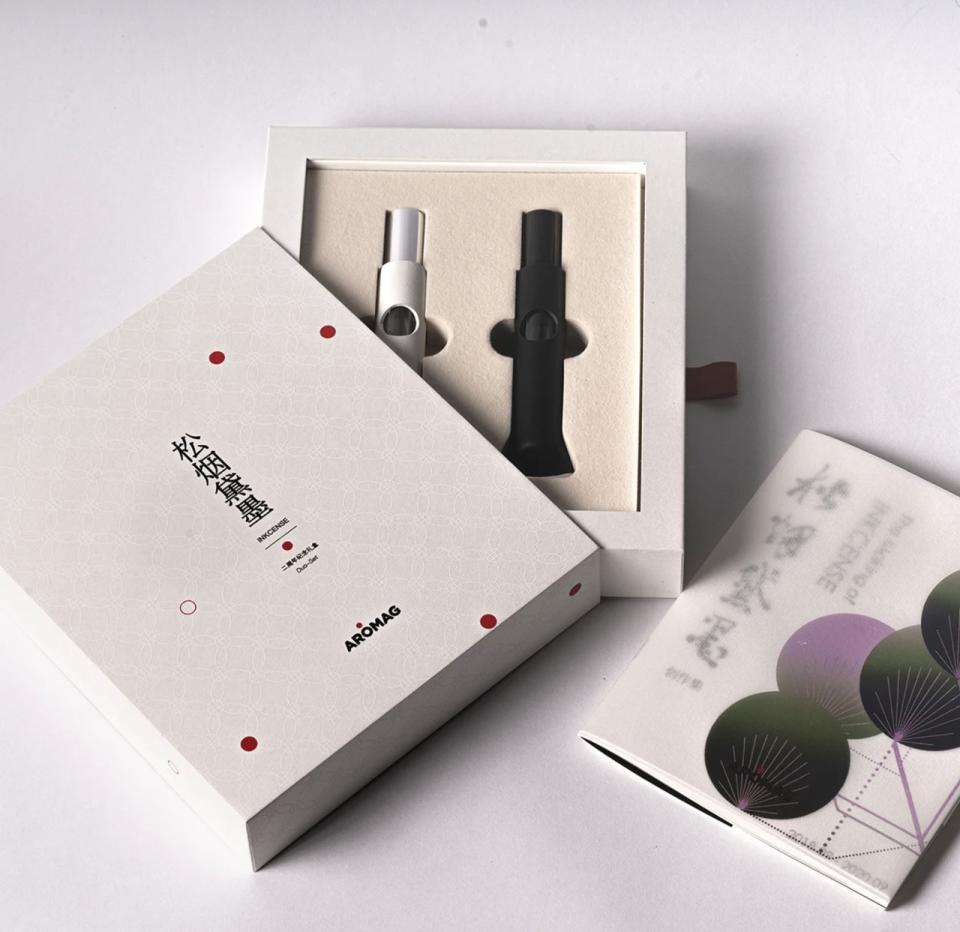
Courtesy of Ormaie
“The market is saturated in the sense that all the major global players are here already, and their local operating partners are doing an amazing job in introducing the product to the market, which means the cost of running a mass market perfume brand is high,” said Feng.
Prestige fragrance brands such as Dior, Chanel, Yves Saint Laurent and Armani are the most well-known brands to Chinese consumers. However, there is a big shift toward niche labels — both western, such as Tom Ford, Dyptique and Jo Malone, and homegrown, like Boiton.
“More and more Chinese consumers, especially young people and those living in tier-one cities, prefer professional perfumery brands,” said Mintel’s Li. “Jo Malone from Estée Lauder and L’Oréal’s Atelier Cologne are two very typical examples that have experienced fast growth. More niche brands, such as L’Artisan Parfumeur, Serge Lutens and Penhaligon’s are still small, but are also growing very rapidly in China.”
“I often hear Gen Z consumers mention they ‘don’t want to smell like their moms,’ referring to the classic masstige fragrances,” said Will Lau, chief executive officer of Bonnie and Clyde, a multibrand retailer that distributes niche lines such as Juliette Has a Gun in China. “New consumers today are looking for scents, social status and brand identity that they can uniquely connect with, driving this leap-frog effect from mass fragrance used by the past generation, directly into the niche selections.”
Feng believes what sets Ormaie apart is that it’s positioned as a high luxury brand.
“Everything is natural, from the ingredients to the packaging,” said the executive. “It’s very costly, but I think this is what attracts its target audience: those who are sophisticated and well-educated about perfume. They will appreciate what the brand is trying to do.”
Among the domestic brands working with IFF are Xue Lei and Scent Library.
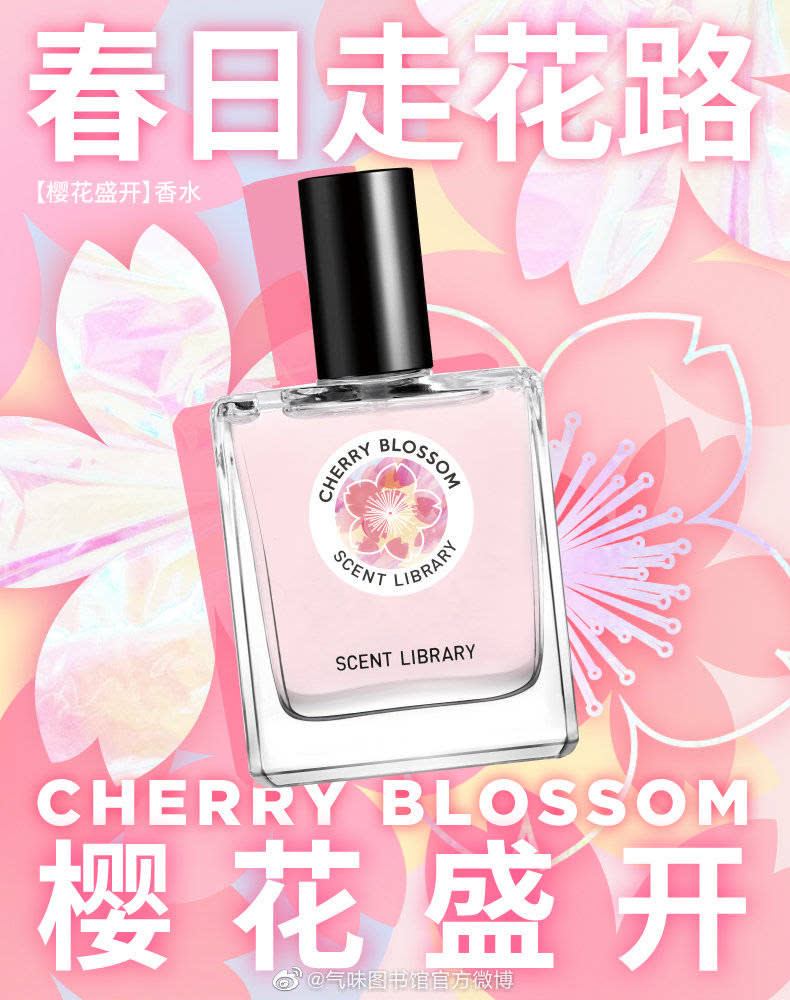
Courtesy of Scent Library
“[Scent Library] is mostly linked to the national memory,” said Jin Wang, IFF account manager, citing as an example one of the brand’s fragrances with its name meaning “boil water in a metallic kettle.”
Floral and fruity scents, with notes such as rose, jasmine and orange blossom, are still popular options in China. Miss Dior, for example, has been among the top-selling fragrances in the country for many years. But changes are afoot.
“We are moving from the traditional, floral transparency — so fast — [even if] it’s still 50 percent of the market,” said Renaud.
Tom Ford’s Oud Wood, for instance, is a bestseller.
Renaud said consumers “need to perceive long-lastingness, that there is a story behind the ingredients,” he continued. “So if you give them all that, you don’t have to be a transparent floral. You can be very daring in the choices you make. But you need to make sure that you tell them a story, especially online, where 35 percent of perfume sales are made in China. If you don’t tell the right story, then it’s not going to fly.”
It’s also about how the fragrance names are being translated into Chinese. “All the names tell a story,” said Renaud, adding naturalness is also key.
“Nature, ingredients, storytelling — it’s a triangle that works,” he said. “You’ve got to be able to talk about [consumers’] individuality and empower who they are through the fragrance.”
Among the hits in China are Elizabeth Arden Green Tea and L’Occitane products, as well.
“YSL is highly successful, because then the Chinese consumer is brought to a different world,” said Renaud.
He believes there is space for any brand that is smart enough to bring value to the consumer.
The Chinese fragrance consumer really knows about scent. He recalled doing a visit in Shanghai, pre-COVID-19, to the home of a married woman with two children. She had three or four perfumes, each for a different time in her life.
The same fragrance lover probably buys mass and prestige scents.
Renaud’s priorities for Givaudan in China are far-reaching.
“I don’t care about 2021 or 2022. I want to build the right setup for what the Chinse market will look like in 2030 — except that I don’t have a crystal ball,” he said. “This is my biggest challenge.”
Still, he believes that digital will be key on all levels.
“That’s also the reason why we are trying to partner with or be part of an ecosystem that taps into consumer data that will enable us to speed up our creative process,” said Renaud. “It’s not just going to be a commercial platform. We need to make sure that digital is everywhere.”
In June, Givaudan announced it had partnered with Alibaba’s Tmall for accelerated scent creation in China.
“Tmall is just the beginning, but we certainly enjoy the speed that is associated to the ecosystem that we built,” said Renaud. “So this is a great experience, and there will be more.”
According to The NPD Group, research, online sales of fragrance in China grew 39 percent in the 12 months through August 2021, versus the same prior-year period.
“Top local brands were growing faster [online] than the overall average fragrance market. Body care products with fragrance, such as lotion and cream, and bath and shower gel, contributed greatly to category growth,” said Samuel Yan, NPD China’s beauty industry analyst. “Fragrance eau de parfum and cologne are becoming more popular, and men’s fragrance sales are also booming and growing faster than women’s fragrance in China.”
Pia You, marketing director at Diptyque China, said that it pays for brands to start investing in the market because the pickup comes fast. “Chinese consumers don’t have the sort of heritage or sentimentality that Europeans might have associating their mothers wearing a certain scent,” she said. “At the same time, it doesn’t take them decades to learn and take something up. It takes just a few years.”
“The opportunity is huge in China because of its sheer volume of population. It’s also easier to set your own standard at an early stage,” said Aromag’s Hong. “But at the same time, it also means that the education cost is high, and also most famous noses are foreigners, [so] it takes time for them to truly understand China’s own scent culture and to develop products for this market.”
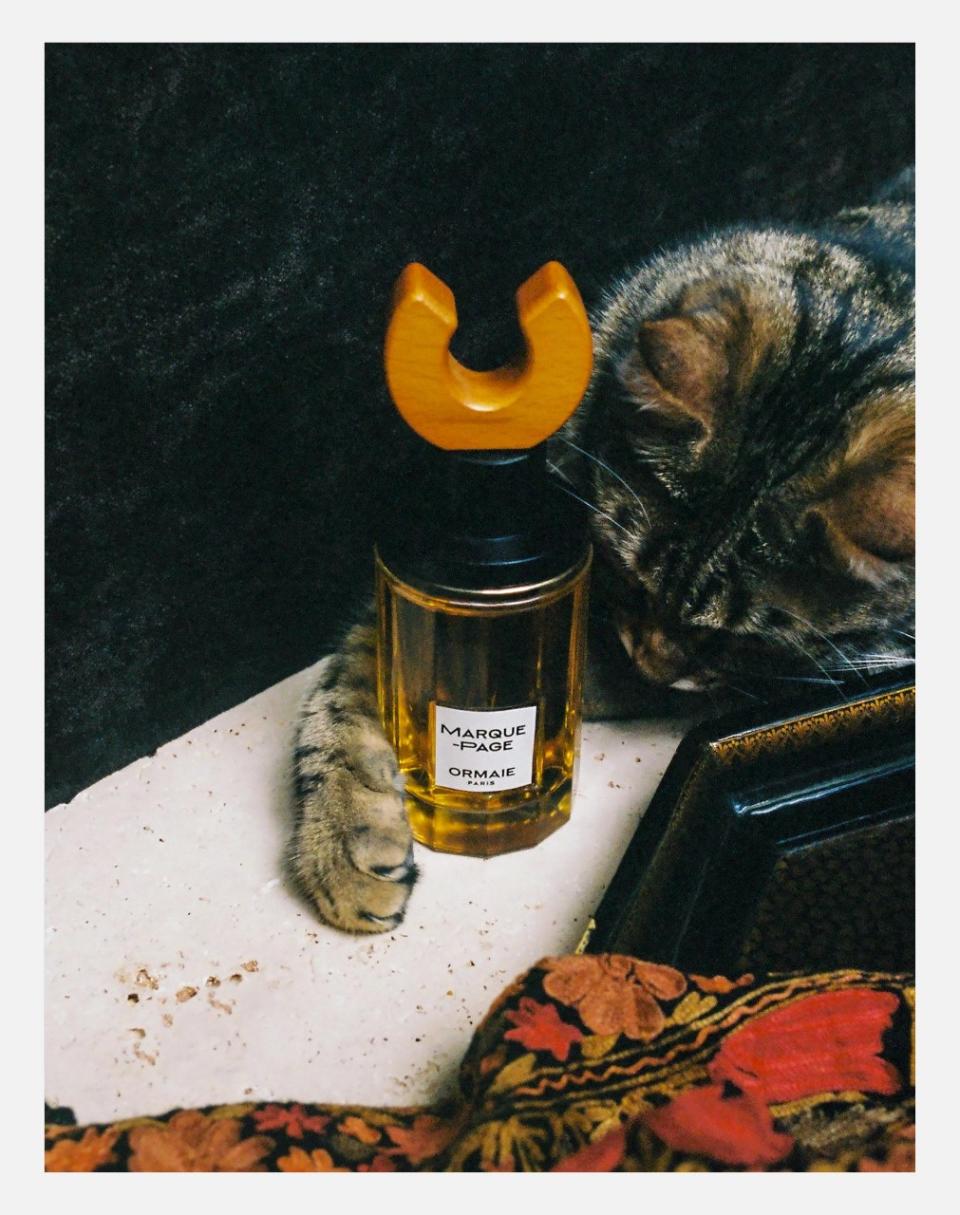
Courtesy of Aromag
Increasingly, though, fragrance suppliers are upping the multinational profile of their perfumer teams.
“We are making a very conscious effort to make sure that we are not plugging European or American perfumers into a market, but we’re really combining very strong traditional, cultural, historical heritage and understanding of cultural specificities from perfumers raised in China, with a deep understanding of the Chinese heritage, as well as working with some international perfumers and benefiting from the international network of IFF,” said Judith Gross, vice president of creating and design, branding and marketing fragrances at the American fragrance and flavor supplier.
Firmenich in late September debuted a new studio in southern China, bringing the group’s commercial, marketing and creative teams under one roof in Guangzhou. They’re focused on servicing customers in emerging trends and technologies. “It’s much more discovery, what we do here is much more downstream,” said Paul Andersson, Firmenich China president, at the opening. “What we want to do is be the finger on the pulse of the market and the customers. Shanghai is more focused on medium- to long-term technology. Here, it is about agility, which our customers here, even the more established ones, want because in China everything moves so quick. By being here, we can give them quick access to consumer insights, what’s going on in the market, what’s coming.”
Firmenich, which has been operating in China for more than 30 years, plans to double its China business by 2025 organically, although mergers and acquisitions are on the books, too.
The group plans to outpace China’s GDP growth this year.
“Our strategy is to focus on new categories of the future — fine fragrance, plant-based proteins, sugar reduction and home fragrance — because they’re the ones that are going to boom,” he said.
Home fragrance, particularly in the form of reeds and candles, is a big opportunity, spurred on by a stronger interest in well-being and lifestyle after the pandemic.
“In China, when they launch a fine fragrance and they ask you for an extension, the line extension usually is a candle or reeds,” said Olivier Viejo, Firmenich China’s head of fine fragrance. “When you go to the rest of the world, the line extension is a lotion or something for the shower.”
One way western companies are gleaning know-how from the Chinese fragrance market is through investments. Givaudan, for instance, has invested in a company called Next Beauty, an incubator for niche brands, both domestic and international. Givaudan has been involved with, for instance, Reclassified, the niche brand born in Shanghai in 2013. “They don’t need to learn from anyone; they have their own conviction, and they take risks,” said Renaud.
In mid-September, it was announced that Puig had invested in Scent Library, the Chinese fragrance brand.
“Partnering with Scent Library was a very appealing opportunity to participate in the development of the Chinese fragrance market with a Chinese-based company and a Chinese-founded team,” Marc Puig, CEO of Puig, said in a statement at the time.
Both Chanel and Diptyque invested into exhibitions in Shanghai recently. Chanel’s “Correspondences” opened on Aug. 23 at the West Bund Art Center and ran until Sept. 23, providing visitors the opportunity to play and learn about the French house’s fragrances.
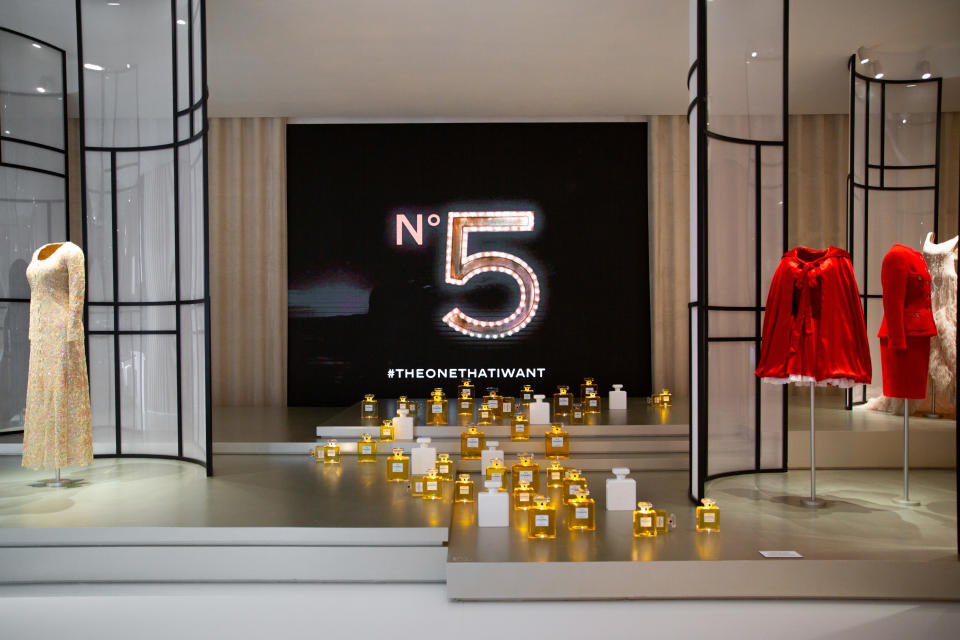
Courtesy of Chanel
Meanwhile, Diptyque also brought its Le Grand Tour exhibition to the city from Sept. 9 to Oct. 7, after which it will move Chengdu.

Courtesy of Diptyque
“The Chinese local [fragrance] customers have ambitions, as well, to create some iconic brands for the future,” said IFF’s Li.
What the future of the Chinese perfume market holds might be informed by the past.
“It’s like makeup 10 years ago; we’re still knocking on the door,” said Ma.
China’s Homegrown Scent Brands
Among the emerging domestic fragrance brands, the following are some of the largest, according to Alice Li, Mintel associate director, beauty and personal care:
Boitown (冰希黎) is among the biggest Chinese fragrance brands, offering Western-style fragrances at affordable prices. It mainly targets novice users, who aspire brands such as Chanel and Dior, but with limited budgets.
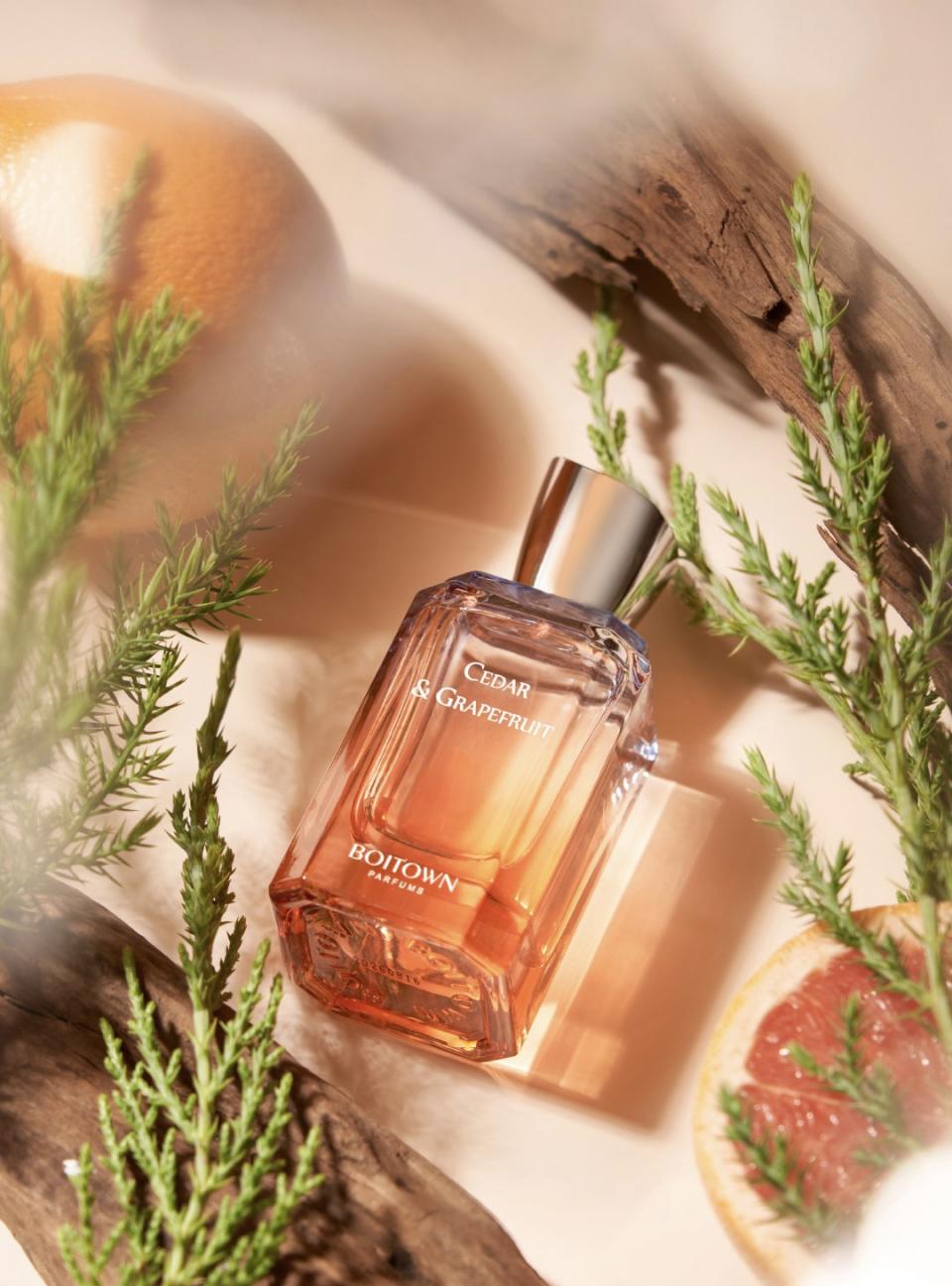
Courtesy of Boitown
To Summer (观夏) is positioned as an aroma lifestyle brand and presents Chinese-style fragrances in a modern way. (It’s famous for osmanthus fragrance.) The brand attracted consumer attention because most of its products are only available in a small quantity and sold out quickly. Now, it’s considered as creative, high-quality product design.
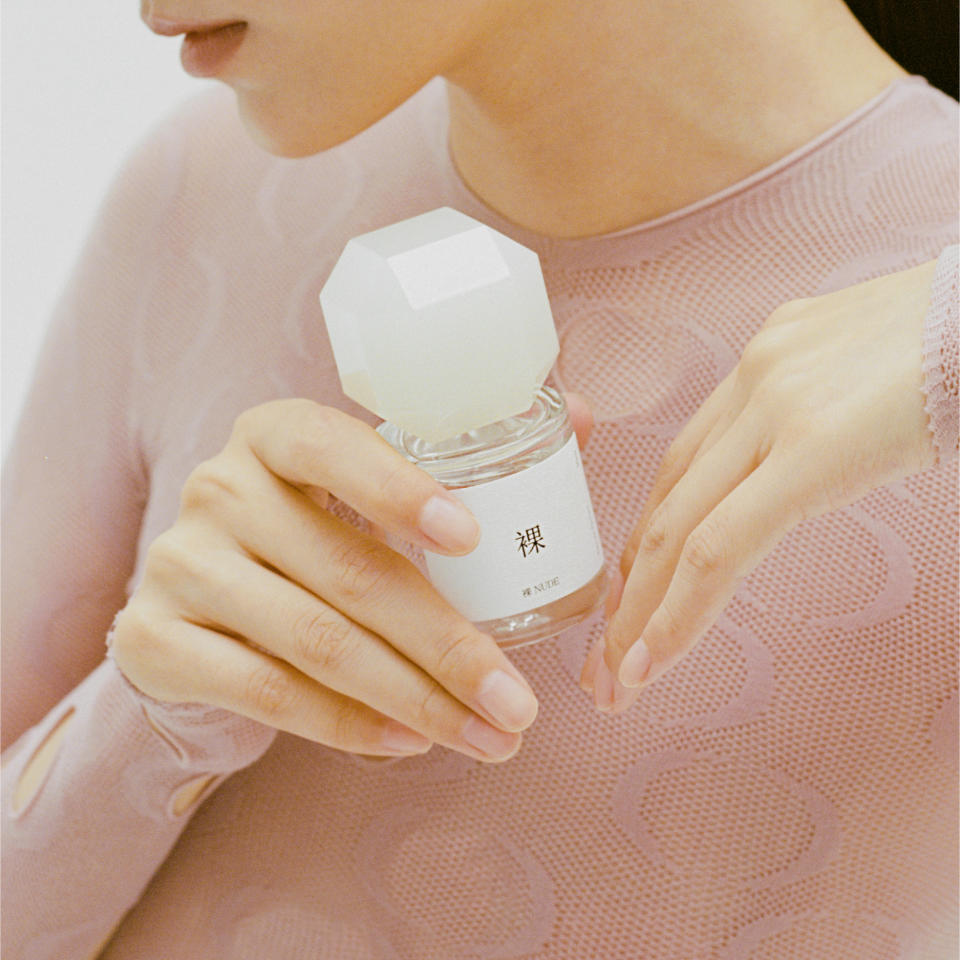
Courtesy of To Summer
Scent Library (气味图书馆) is a typical fragrance brand that expanded into personal care and home care categories after successfully building brand awareness. It leveraged nostalgia marketing and collaboration to create fragrances. Its most iconic fragrance is based on the flavor of a historic beloved candy in China, White Rabbit, and it’s used in a broad range of products, including shower gel, hand cream, air freshener, etcetera.
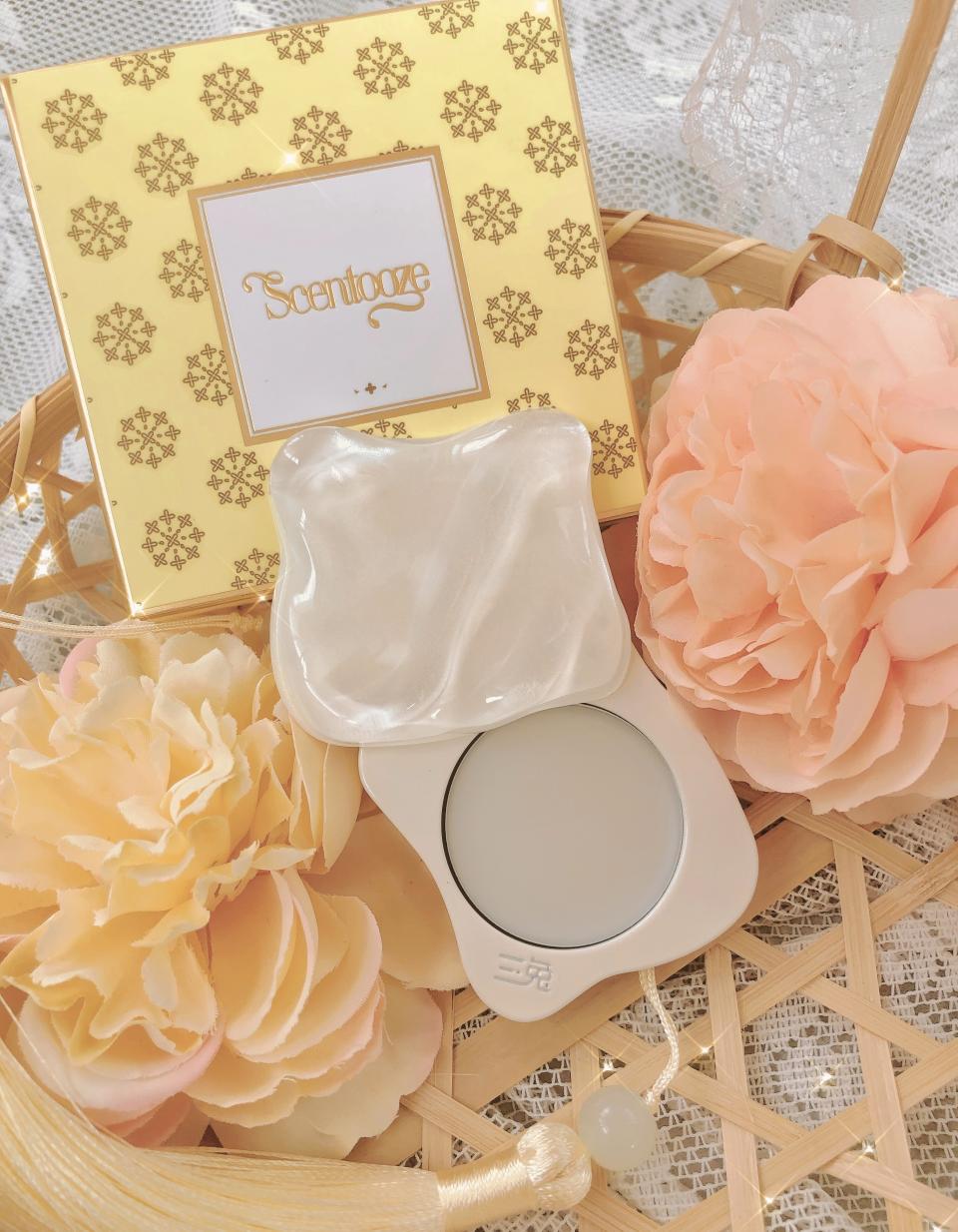
Courtesy of Scentzoo
Scentzoo (三兔) has a very clear target, the post-1995 girls, that is specified in its brand positioning. The brand tends to engage these young girls emotionally, so its product communication focuses on what the fragrances mean in everyday life — love/dating, surprises, luckiness, etcetera, while the scents themselves are being less addressed.
The World’s Top Fragrance Markets
The world’s largest fragrance markets, from largest to smallest:
Fragrance total: U.S., Brazil, Germany, the U.K., France and China.
Premium fragrances: The U.S., U.K., France, Germany and China.
Mass-market fragrances: Brazil, U.S., Germany, Mexico and Spain. (China ranks 24th)
Source: Euromonitor / 2020
FOR MORE, SEE:
China Takes 88 Million Trips During Midautumn Festival
Tmall, Givaudan Partner for Accelerated Scent Creation in China
Puig Investing in Scent Library, a Chinese Fragrance Brand
Sign up for WWD's Newsletter. For the latest news, follow us on Twitter, Facebook, and Instagram.

